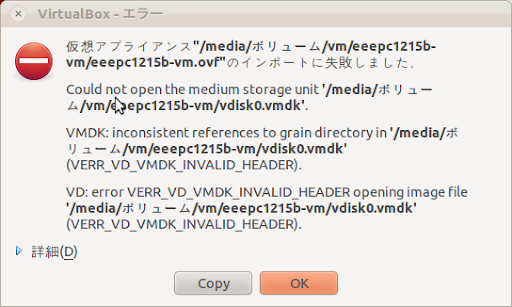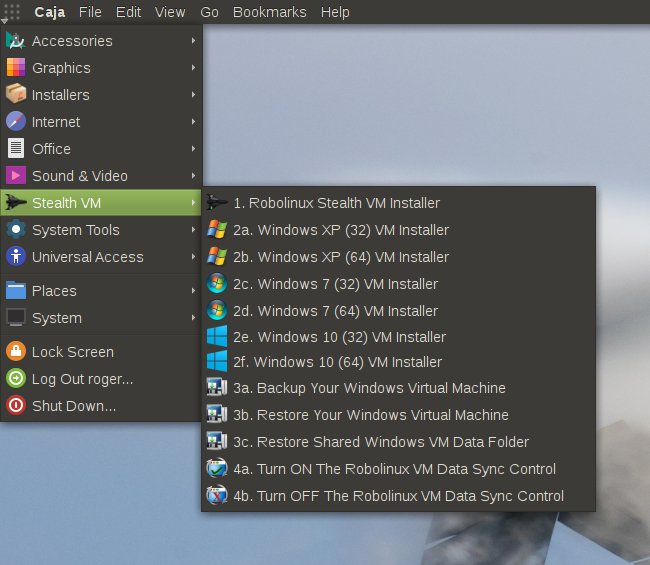

What we need to do is repair the boot partition. Well, sometimes is the only or fasted way to get out of pickle with a ton of phantom, non-removable checkpoints you’ve gotten yourself into.īut back to the real subject, how to fix this.

Why do a V2V in such a case you might ask. It’s a small issue, when you create a new generation 2 VM and point it to the OS vhdx it just won’t boot. One of those is when you do a V2V of a generation 2 virtual machine using Disk2VHD. It’s free, it’s good and it’s trustworthy as it’s made available by Microsoft.įor legacy systems, whether they are physical with IDE/SATA/SAS controllers or virtual with an IDE generation 1 VMS thing normally go smooth.īut sometimes you have hiccups. Most people who have been in IT for a while will know the Windows Sysinternals tools and most certainly the small but brilliant Disk2VHD tool we can use for Physical To Virtual (P2V) and Virtual to Virtual (V2V) conversions.


 0 kommentar(er)
0 kommentar(er)
